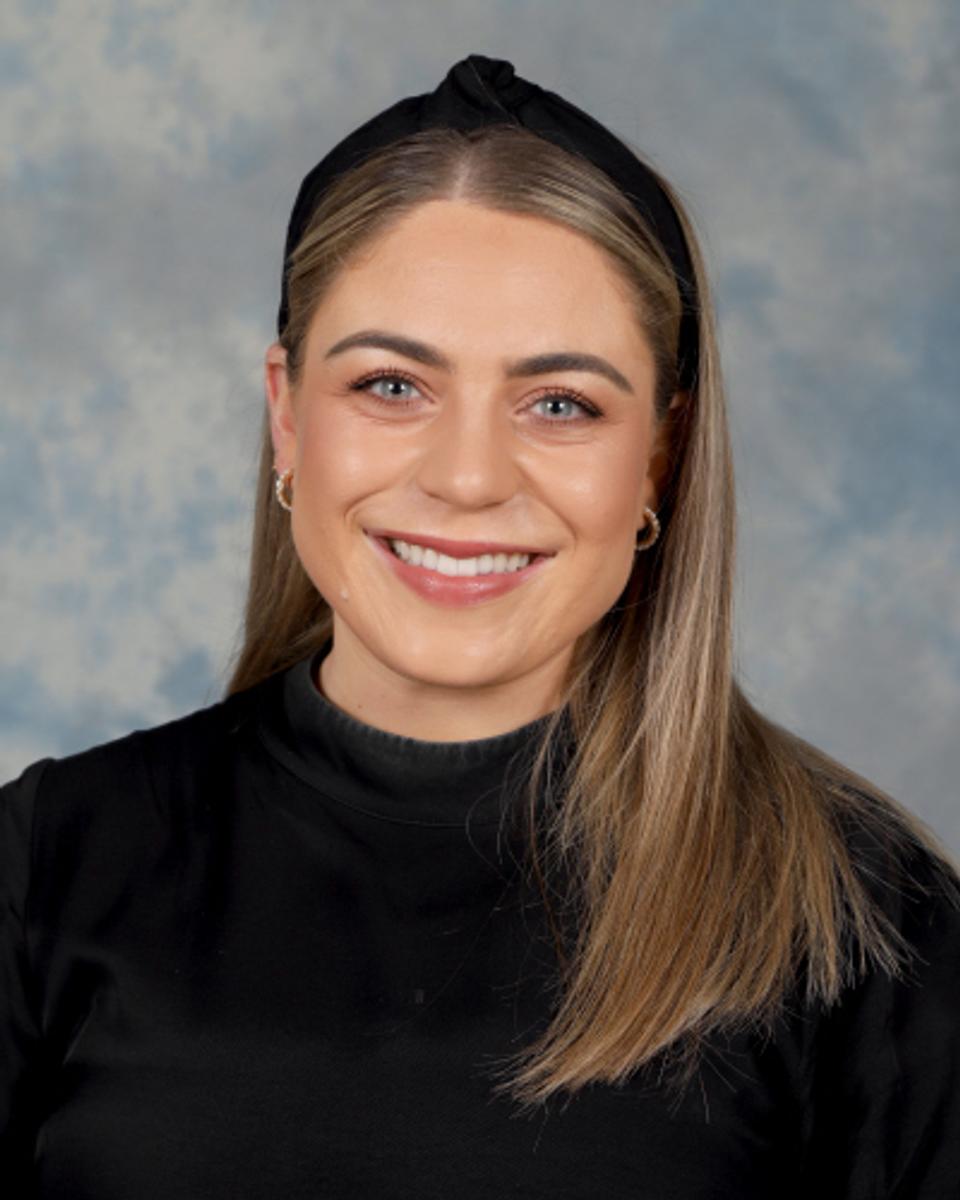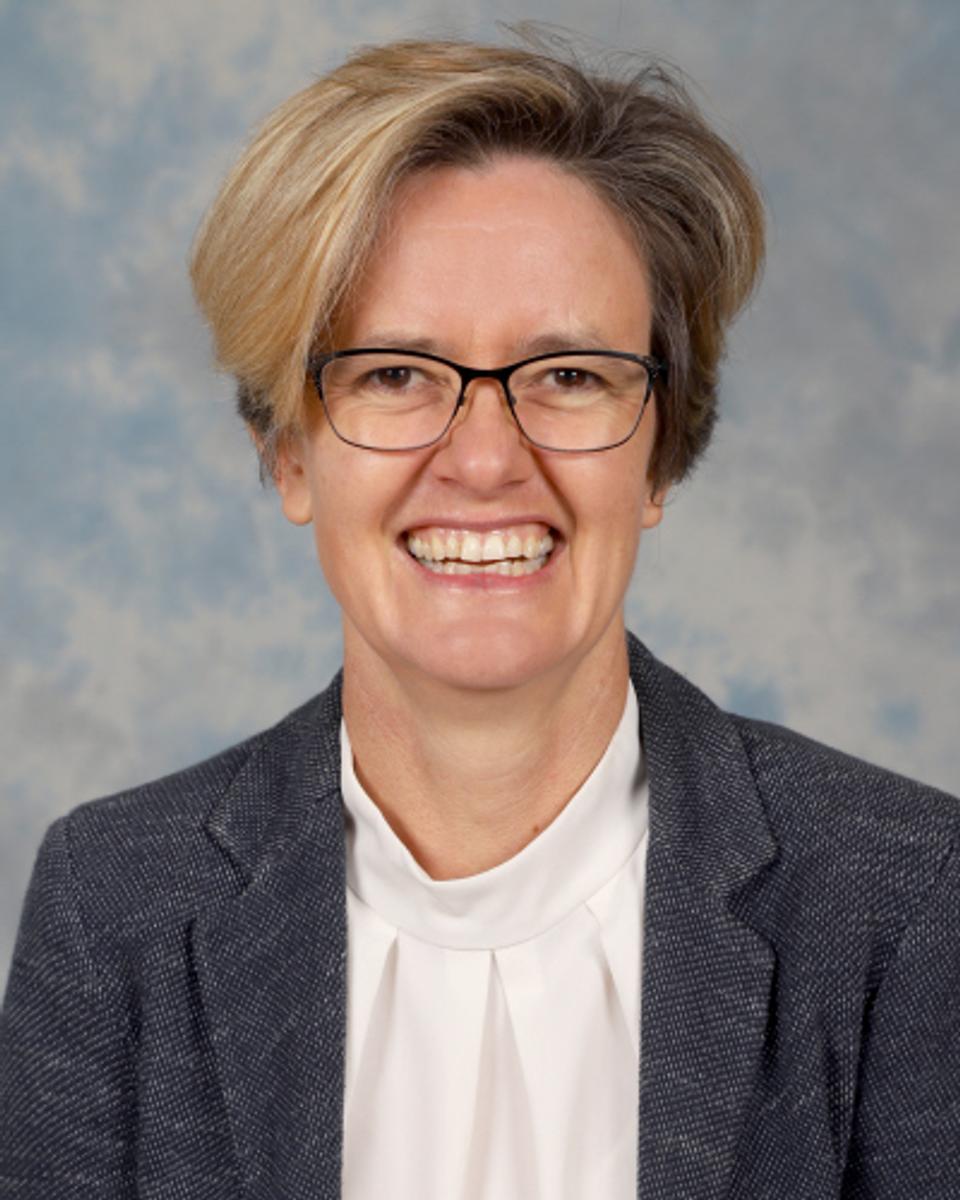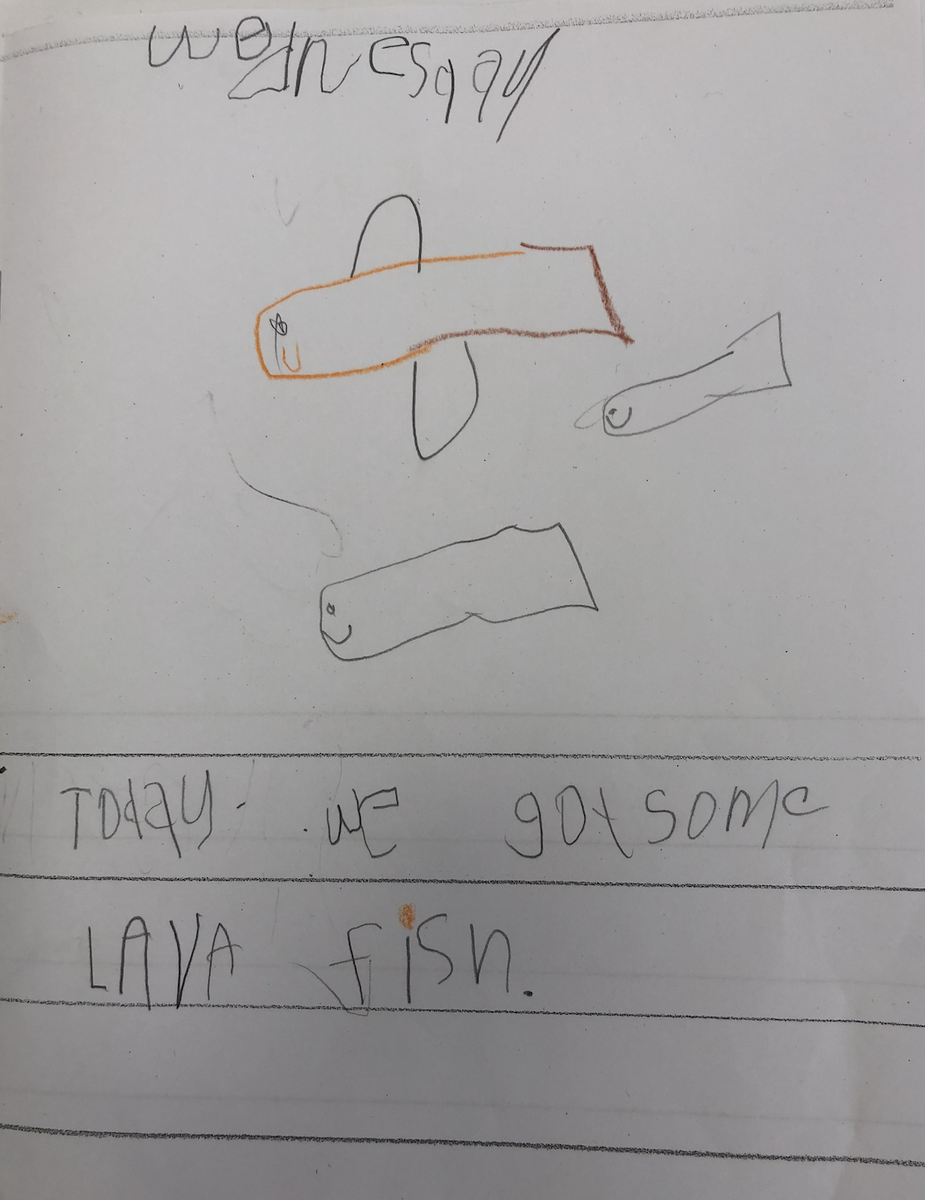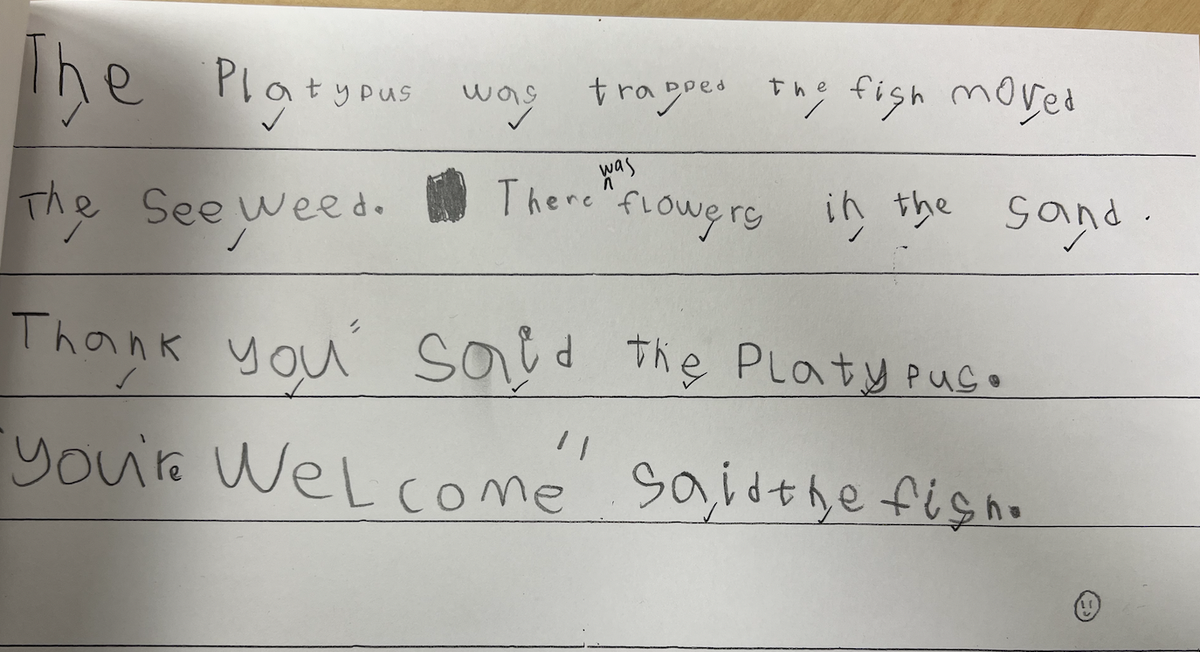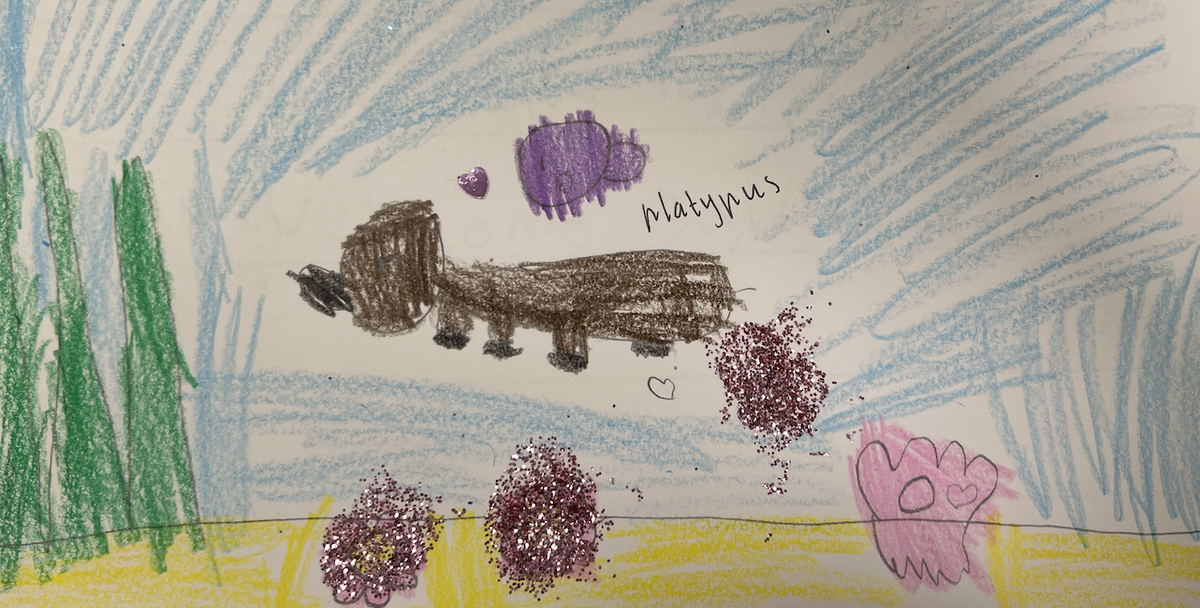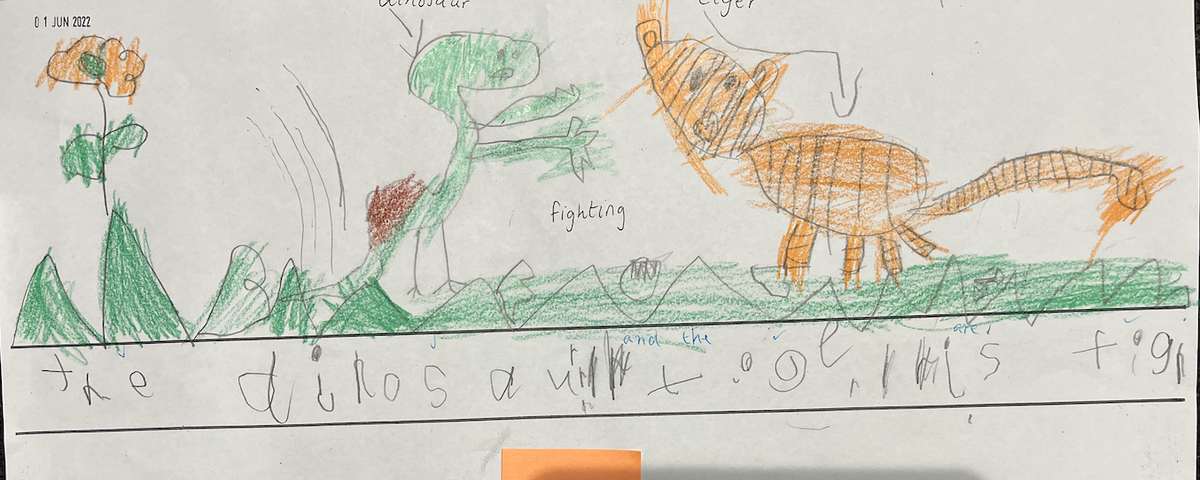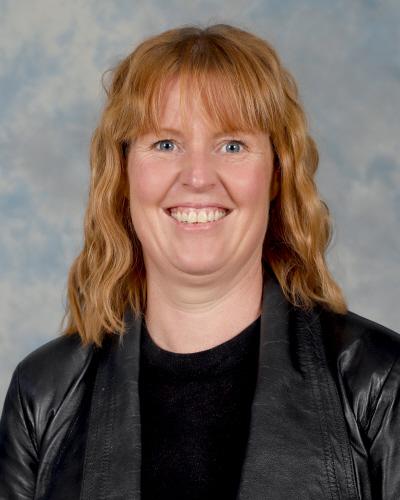Teaching and Learning News

Teacher Professional Development at SMDP
At SMDP we place high value on growing teacher skill and knowledge through taking up targeted, quality professional learning opportunities.
Research shows that ongoing professional learning results in greater student learning growth and enhances the quality of teaching and learning in a school.
In Terms 1, 2 and Term 3, Lauren, Nell and I have attended a 6 day teaching cycle facilitated by Melbourne University.
The purpose of this Professional Learning was to further develop our knowledge of, the theory, research and teaching approaches for early years language and literacy learning.
Over the course of the Professional learning we:
- focussed on the developmental stages in learning to speak, read and write
- critically examined the importance of a balanced approach to literacy ensuring we include, phonics, phonemic awareness, oral language, vocabulary and comprehension
- collaborated with colleagues from other schools and discussed the literacy priorities of each of our schools
- reflected on our current literacy practices at SMDP and discussed what we have been doing well and what we can do even better.
Lauren has found value in learning about the mechanics behind oral language and its importance in the early years.
As a result of this she has used this knowledge to plan for explicit and purposeful opportunities for students to speak using the conventions of oral language.
She has noticed that students are enjoying taking part in oral language activities including acting out picture story books and using language in role play areas as part of Discovery Learning. Students can be heard in the "vet practice" or "the shop" greeting and interacting with others using appropriate language for formal compared to casual settings.
Nell described her learning as putting into practice the strategies of interactive writing which has helped her develop a greater understanding of how best to teach writing. She has seen a marked improvement in students' "risk taking'' when writing reflected by them making greater attempts at spelling. Most significantly, she has seen enhanced writer engagement.
Below you will see some examples of our Prep students' writing.
My child doesn't know what to write about. What do I do?
- Share a favourite story and change one element - a character, the setting, the problem
- Instead of the Very Cranky Bear write about The Very Cranky Teacher or Parent or Giraffe
- Have them draw and label their ideas
- Provide a story beginning... In the deep dark jungle, up a tall leafy tree hid a tiny little bird
- Write with your child; write a word each or a sentence each
- Provide a real reason to write - an email to Grandparents, a shopping list, a recipe, a birthday card
- Help your child brainstorm words and vocabulary related to the stimulus or topic provided. Encourage them to use their senses, ask, what do you see, hear, smell? Assist your child to record their words which they can use in their writing piece.
- Use a device to record your child telling a story. Have them re - listen and attempt to write it down.
My child doesn't know how to spell a word. Do I tell them?
Children who lack confidence with spelling or are fearful of getting a word wrong, often restrict their expression to words they know and can as a consequence, become reluctant writers.
When children want to write a word, encourage them to ‘have a go’.
- Support them by asking what sound do you hear at the beginning of the word (what letter makes that sound)? What sound do you hear at the end of the word (what letter/s make that sound)? Also ask, have you seen that word before, is this one of your sight words, can you find it on the sight word chart? Is it like another word that sounds the same?
- Initially, focus on what is correct rather than what is incorrect. Show your child where they have made an error and see if they can correct the word by trying other letters; draw the shape of the word; give them some options and have them select the best one.
Updated Learning Grids
on Website
As the number of COVID Positive students increases in our school community, we have updated our Learning from home grids. The purpose of these grids is to continue to provide learning opportunities for students who are well enough to engage in learning from home whilst in isolation for COVID-19. To access the grids, students need to be signed into their SMDP user account. These grids can be located under the Learning from Home tab on our website.
Elise Coghlan
Deputy Principal | Literacy & Numeracy Leader | Visible Learning Leader

